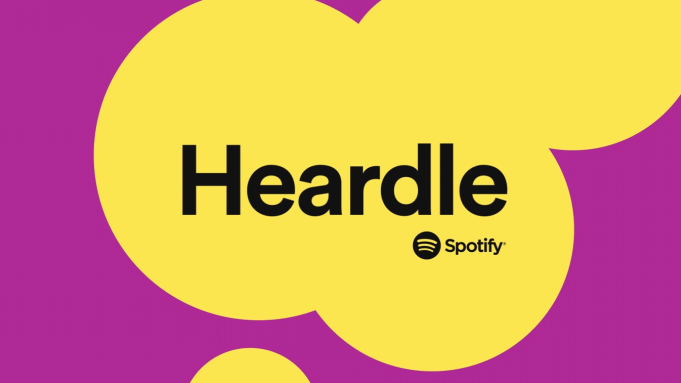Pan Daijing – Tissues
Last year, Pan Daijing delivered the haunting and beguiling album Jade 玉观音. Her third effort, Jade 玉观音 was steeped in a sort of uncanniness that made it creep through your veins long after it had finished playing. At the centre of this was Daijing’s voice. Mournful, pensive, and sometimes bizarre, her delivery on Jade 玉观音 turned the album into a piece of theatre. It’s no surprise that Jade 玉观音 came after a dalliance by Daijing into the world of opera, following a series of long-form, durational performances at the Tate Modern that involved opera singers and dancers. Tissues is the studio recorded version of these performances, an archiving of Daijing’s practice that bridges the space between her live art and sound design. Space, it seems, is inherent to Tissues. For Daijing, these works are an exploration into the idea of relation. As pieces of opera written in Chinese, Daijing explores the space between two opposing cultural practises and seeks out what she refers to as “a single human perspective” between the two. The space between opposite modes comes into play as well, with Tissues in its original manifestation connecting sound art, live art and dance in the creation of a multi-sensory experience.
In recorded form, Tissues takes shape as four long-form pieces of sound art that trace the various phases of Daijing’s exhibited performances. Throughout, Daijing connects the dots between seemingly disparate elements with juxtaposition of both form and concept becoming her modus operandi. On Part One – A Raving Still, she explores the relationship between the operatic voice and electronic instrumentation, between ‘raving’ and being still. Desolate, strobing rave synths perform arias beneath an actual operatic aria, creating an interlocked dance between the two instruments that looks to find points of intersection during the exchange. It’s only when the operatic voice is filtered through the machine into a preterhuman screech that these two meet; suddenly both sounding as if they are streaming from a singular source. Part Three – A Tender Accent switches its focus from the human voice to the machine. A buzzing, ominous collage of drone sounds, sirens, and electric noise it’s an opera sung through phrases of static until Daijing’s voice arrives, piercing the soundscape like a beam of light seven minutes in. The longest piece on Tissues, Part Three is also its most dynamic. Here, the energy of what one would imagine the live moment to be feels most successfully translated into recorded form. Against rudder like synths, Daiing’s voice dances in and out like a dolphin, vocalising and breathing as a strange, nasal chanting shifts along, Noh like in its architecture.
Tissues is a rewardingly immersive listen, though at times it’s questionable if the recorded work is as successful outside of its live components. The durational aspect of Daijing’s live performances are palpable in these recorded pieces, yet sometimes it’s hard not to wonder how the rest of Tissues’s multi-sensory experience might look or feel. Images of the performance online suggest damp, empty industrial spaces inhabited by white clad singers and dancers hovering in space like ghosts. Like the cast recording of any musical, Tissues exists as an archiving. It is a record of the live moment that was, a moment it can never quite be itself. Still, it’s gorgeously crafted and continues to give further credence to Daijing’s incredible ability to conjure sonic experiences quite like no other. Imbued in feelings of desolation, grief, and glorious catharsis, Tissues marries the man and the machine in a way that they lift the experience of each other, making this music sound incredibly alive.
Listen to Tissues below.
Follow Pan Daijing:



